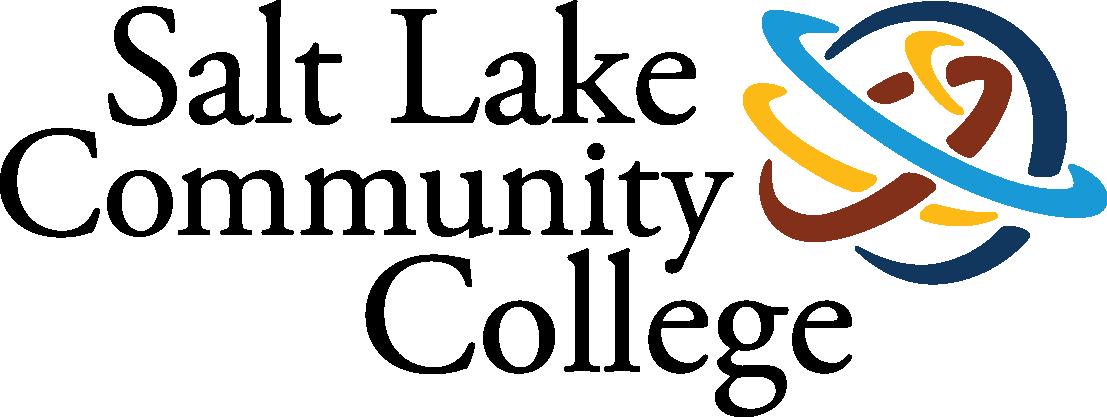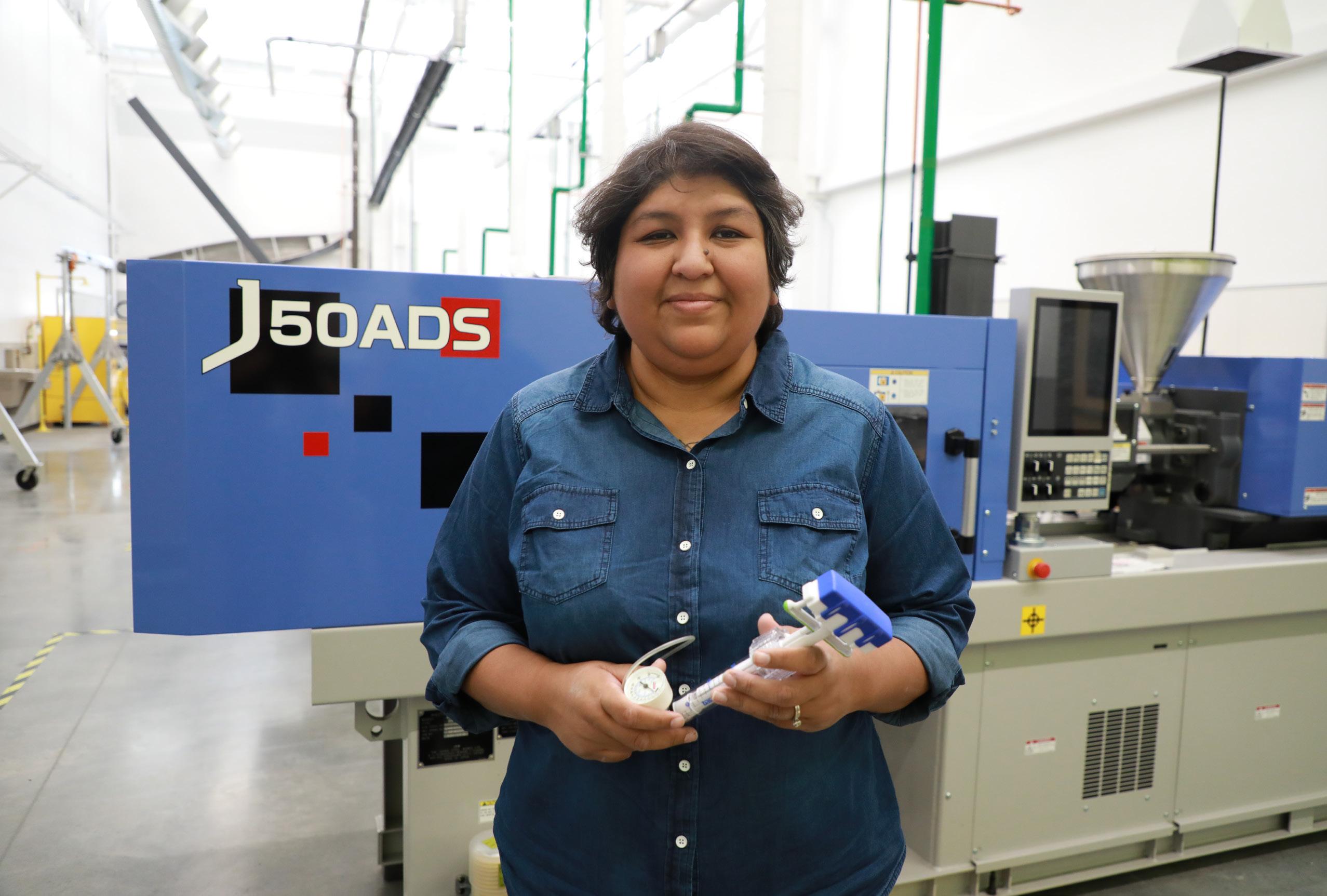
3 minute read
Workforce Training and Education Collaborations for a Post-Pandemic Economy
Rick Bouillon, Associate Vice President, Workforce & Economic Development, SLCC
Prior to the pandemic, Utah was experiencing a robust economy with significant growth and a 2.7% unemployment rate. While the impact of COVID-19 was significant on several industries, Hospitality and Tourism took the largest hit as the state’s unemployment rate peaked at 9.9%, but for only a couple of months. Utah lead the nation in rebounding from the economic hit and has now dropped to under 3.0% in the Summer of 2021. As a result, the workforce environment has changed.
Advertisement
In the great State of Utah, highly organized collaborations have been created to address the workforce needs. The Utah State Legislature, Governor’s Office of Economic Opportunity (Go Utah), Talent Ready Utah, Utah System of Higher Education and its sixteen member institutions have come together in multiple ways to assist community members, companies and industries in recruiting and preparing for a new, more inclusive workforce. The agencies listed above have taken a parallel approach with two primary funding initiatives; Learn & Work in Utah (Round Two) to assist individuals in preparing for high wage, high demand occupations and through Utah Works in assisting the training needs of those newly hired employees within several companies in a wide array of Advanced Manufacturing environments.
Salt Lake Community College has always played a significant role in workforce preparation and training delivery for generations and now more than ever, supporting our community is paramount. In the Learn & Work in Utah initiative, www.slcc.edu/allin seventeen programs in seven industry sectors are now available for members of our community to participate tuition FREE. Career training for high wage, high demand occupations in Advanced Manufacturing, Public Safety, Energy, Transportation, Healthcare, Technical Training and IT are ready for students to enroll and start their career path to sucess.
Companies associated with Utah Works are being assisted with funding for the new employees onboard training and education. (Albany Advanced Composites, Boeing Company, BD Medical, Merit Medical, Stadler Rail, Kaddas Enterprises) have weathered the pandemic and are now re-emerging stronger than before. Once hired by one of the partner companies, new employees will be sent to SLCC in order to receive specifically designed onboard technical training so they will be more efficient and productive once they arrive at their new career destination. All trainings have been designed by leading industry professionals in collaboration with SLCC trainers and workforce content designers. More information regarding the programs supported by Utah Works can be found at www.slcc.edu/continuinged.
While Learn & Work in Utah and Utah Works have been primarily designed for adult learners, High School students have not been forgotten. In fact, an emphasis has been placed on the creation of Youth
Apprenticeship Models. Funding from 2020 House Bill 68 was passed so that funding for new opportunities throughout the state can be made available for all Secondary students. One model that will replicate is the Apprenticeship at Stadler Rail —partnering with Salt Lake City School District and Salt Lake Community College high school seniors can participate in a three-year program culminating in an Associate Degree of Applied Science, Advanced Manufacturing at SLCC. This has proven to be an excellent way to introduce and engage our youth in Advanced Manufacturing and its associated career opportunities. This special funding allows for access and opportunity for youth and for companies to meet their workforce “Long Game” in that a new generation of Utahns will be exposed to dynamic and well paying career options.
The state of Utah has and continues to prove that highly collaborative, well designed approaches provide for better, more effective solutions. The pandemic threw our world in a tailspin for over a year, but luckily our economy and community will emerge more flexible, innovative and modernized. It’s time to move forward!







